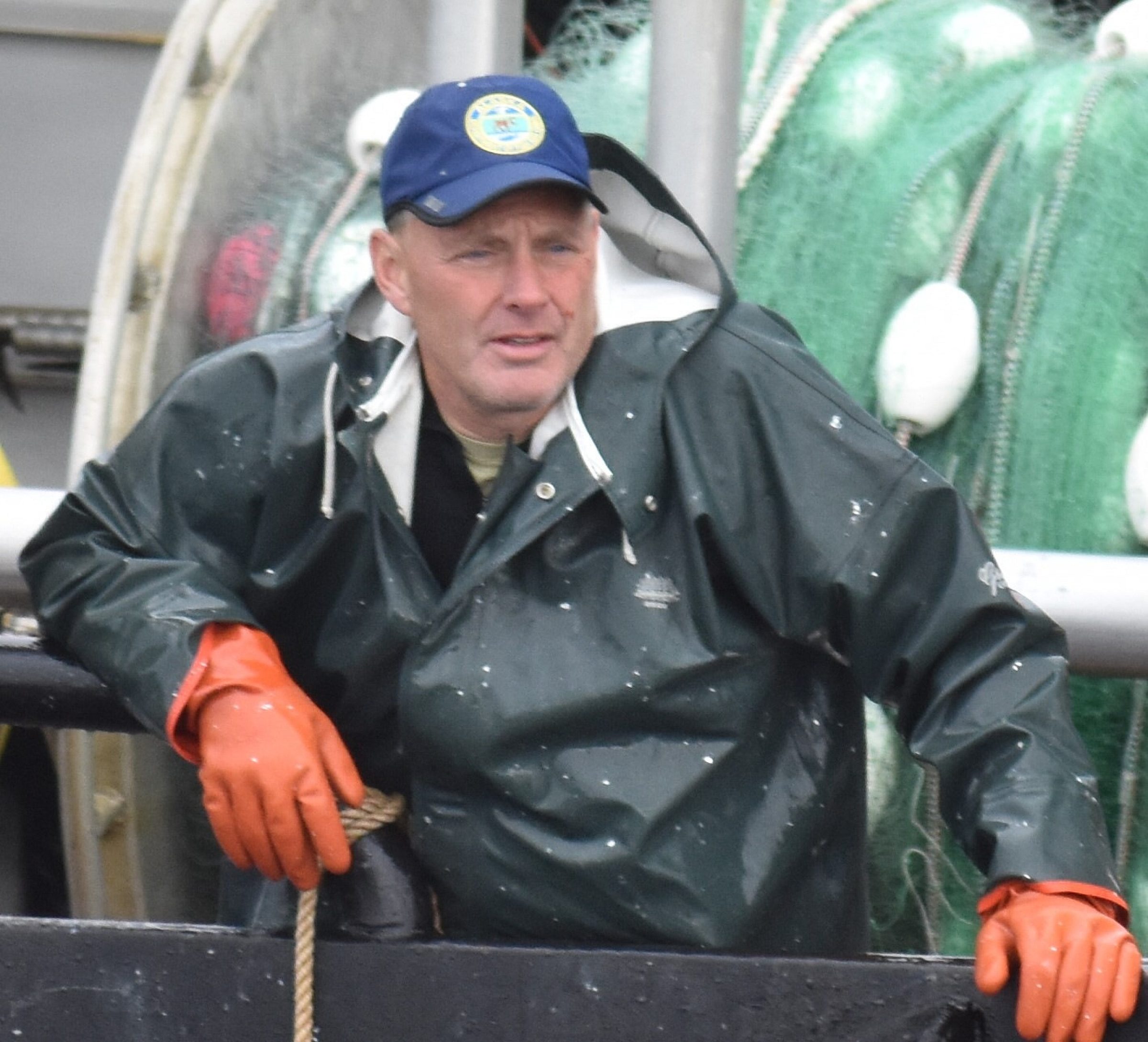Jeff Regnart

Every year sockeye salmon migrate with uncanny precision from the ocean, through Bristol Bay, and back to the natal river where they were born. In the past twenty years the average total return of wild Sockeye Salmon to Bristol Bay has been 39 million fish. In the past five years - 58.3 million fish.
Over the course of Jeff Regnart’s 30+ year career he has been an integral part of the community committed to sustaining and growing this precious resource. Jeff's connection to Alaska and life as a fishery manager began before he could understand the stakes of protecting Alaska’s wild ocean ecosystems. When Alaska became a state in 1959, his father was one of the first people the Alaska Department of Fish and Game hired under the new state administration. Jeff was a small child unknowingly watching his father lay the groundwork for what would become his life’s work.
In 1990 Jeff finished grad school and was hired as an Assistant to Fishery Biologist Don Bill in the Naknek-Kvichak region of Bristol Bay. He spent the first years of his career in the field gathering the data that forms the basis of whether or not the fishery opens for its 1600 boat fleet to fish, or whether it stays closed so fish from the ocean can continue to swim up their natal rivers to spawn and replenish the resource. Some days this meant standing on a tower on the edge of a river staring into the clear water counting Sockeye swimming upstream. Other days it meant hopping in a plane to get above the fishing grounds and evaluate the volume of Sockeye moving though the fishing district. On these trips he’d observe how the distribution of the fleet relates to how many fish were present in different river systems. His observations would inform whether commercial harvest could continue while enough fish would move through the fishing district into the rivers to spawn.
It’s a love of these complicated but beautiful dynamics of Pacific salmon and specifically Bristol Bay that led Jeff to commit to his career as its protector. As his role evolved into a Fishery Manager, and eventually as the Commercial Fisheries Director for the state of Alaska Jeff interacted day to day with fewer fish, and more people. Jeff says, “It’s the processors, fishermen, village councils, ACG and advisory committees, all of them, that are a part of the process. There is a relationship that is built among all those parties to make sure that the fishery is going to be run effectively and that we're going to protect it for the future…… And I would say that the Bay is, not just the best or largest Sockeye run in Alaska, but the most robust thanks to the remarkable cold water fisheries habitat in Bristol Bay. This collaboration ensures sustainability, genetic diversity, and all the things you need to do to make sure that salmon are going to return in as natural of a state as possible a hundred years from now. That's the work that is being done today. This kind of collaboration across the industry and across the state of Alaska makes the management of Bristol Bay not just the best run, but the most robust salmon resource in the world.”
So put that salmon on your plate and rest assured; stewardship, oversight and protection for the Bristol Bay Sockeye resource will be there for generations to come”










